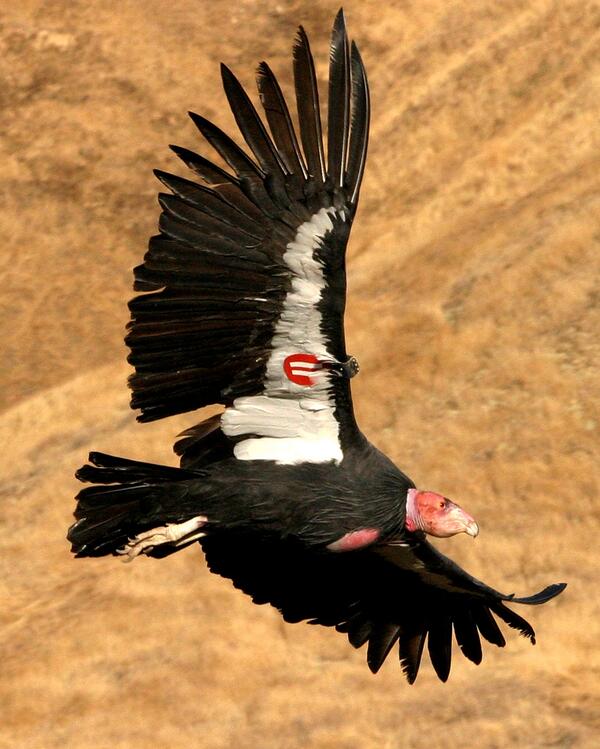An Endangered Honeycreeper, the ‘Akeke‘e (Kaua‘i Akepa), in Hawai‘i
An Endangered Honeycreeper, the ‘Akeke‘e (Kaua‘i Akepa), in Hawai‘iMany species of Hawaiian honeycreepers have persisted into the 20th century because high elevation rain forests on the islands of Kaua’i, Maui, and Hawai’i are cool enough to limit transmission of introduced avian malaria (Plasmodium relictum).





















